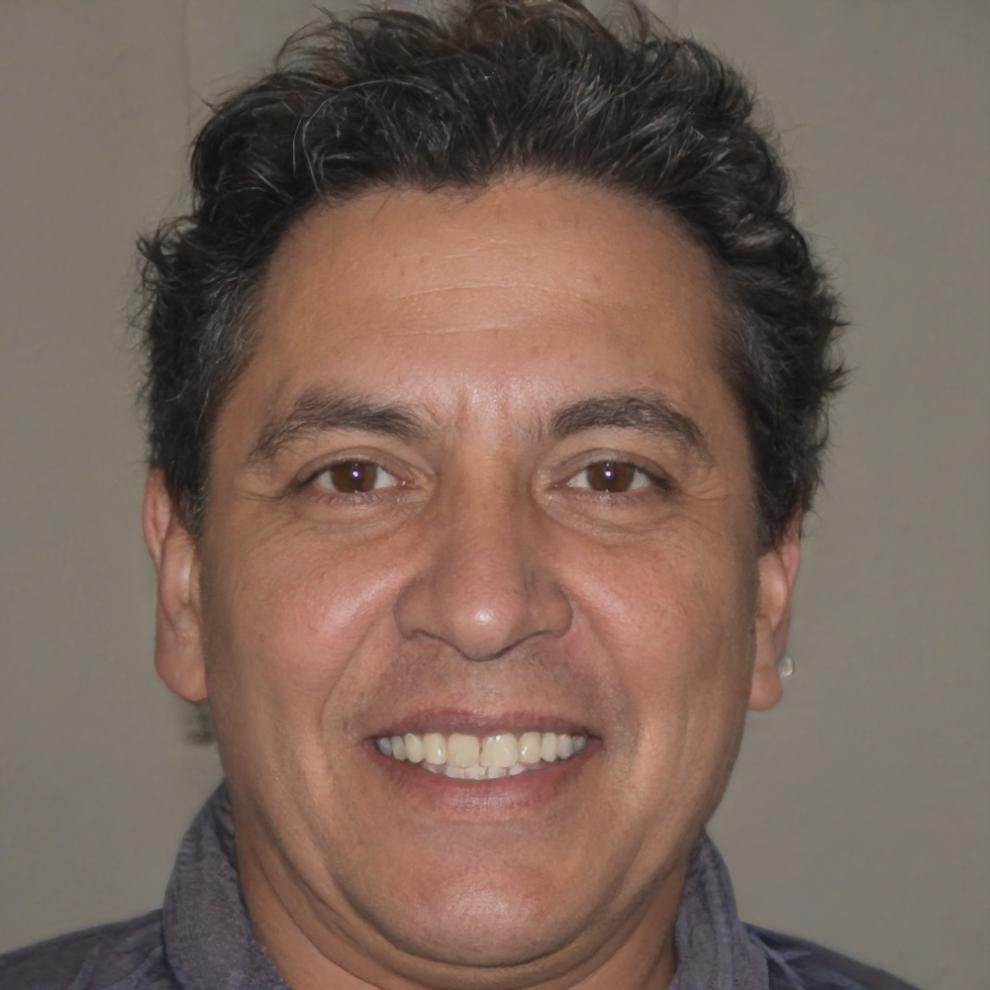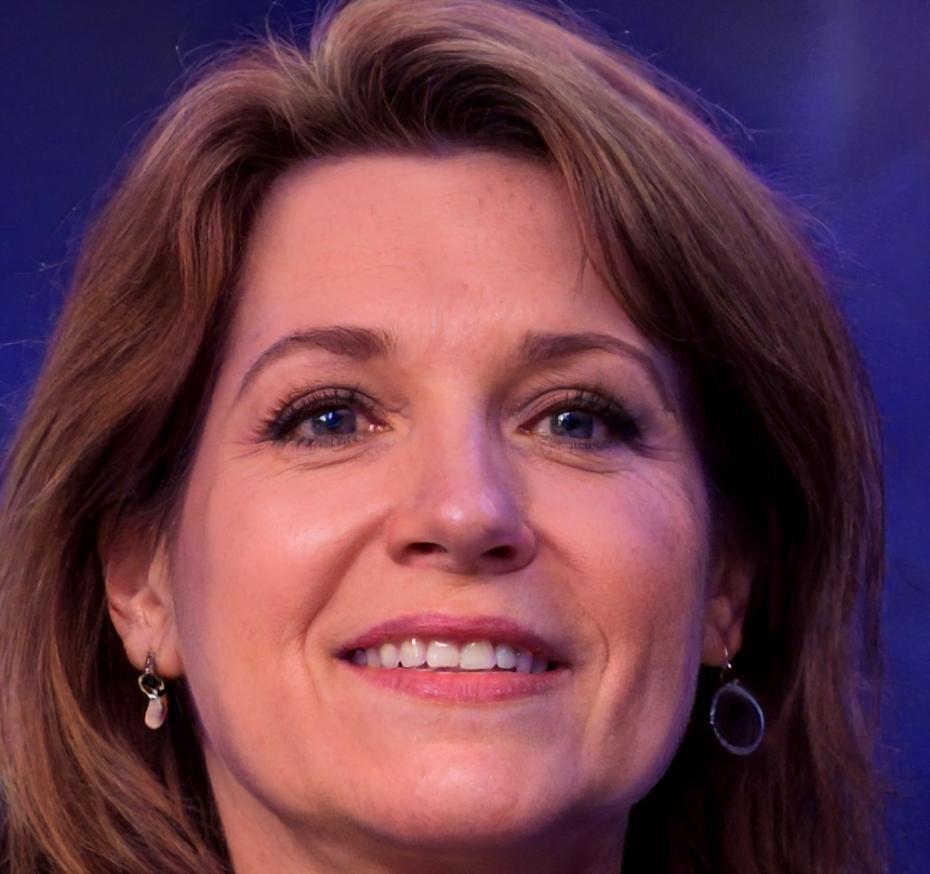Our Approach
Most financial education follows a predictable pattern—lectures, assignments, exams. We tried something different. Students get real datasets from day one and work through them using the same tools they'll use in actual jobs.
Classes are small because financial analysis requires detailed feedback. You can't learn proper methodology through automated quizzes. Each student's work gets reviewed thoroughly, which takes time but makes a significant difference in learning outcomes.
Programs typically run for twelve months, starting in autumn 2025 or early 2026. That timeframe allows students to develop genuine competency rather than superficial familiarity with techniques.




